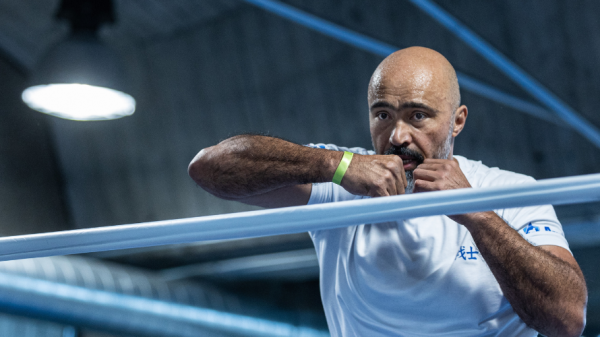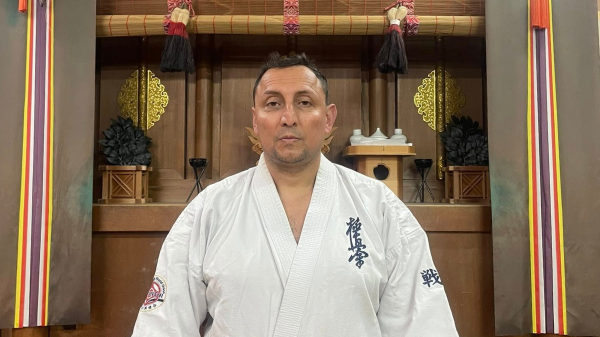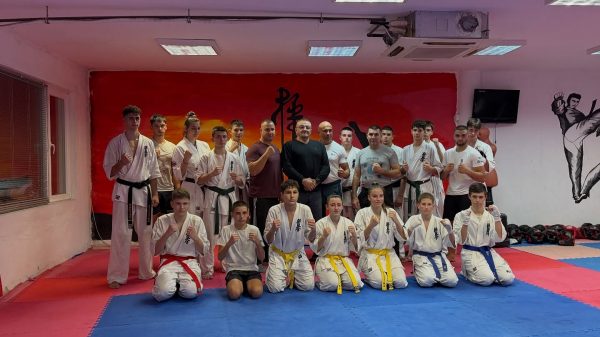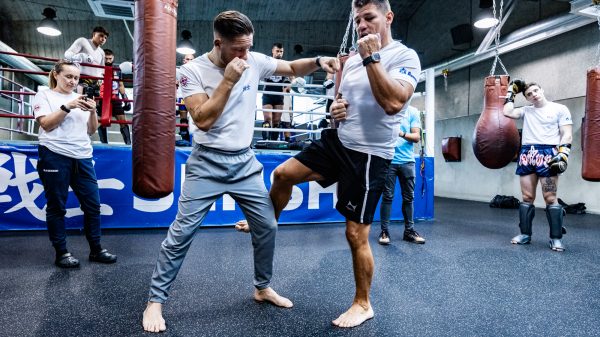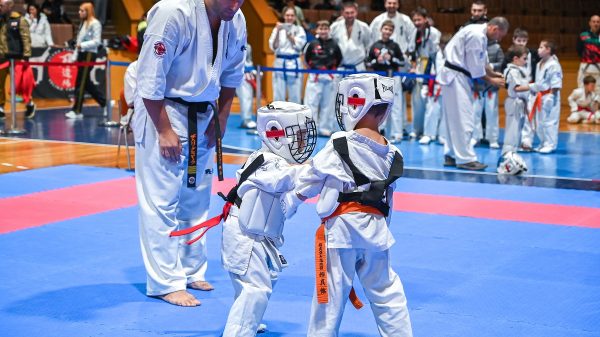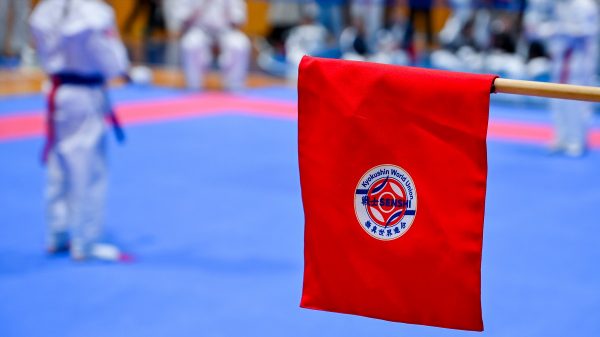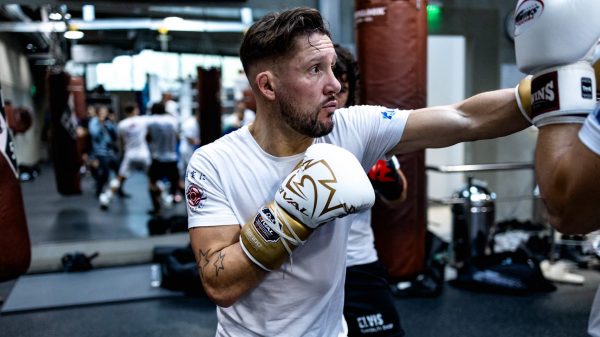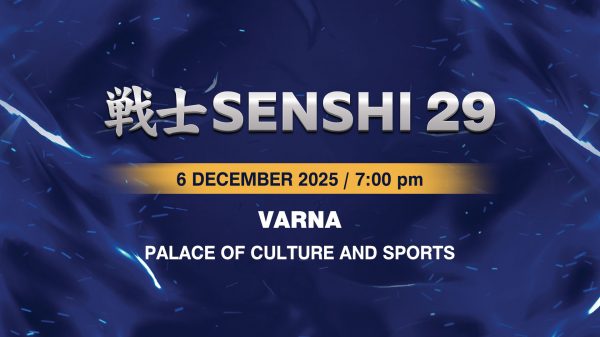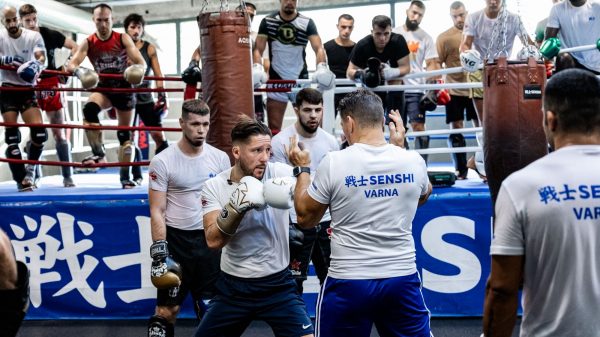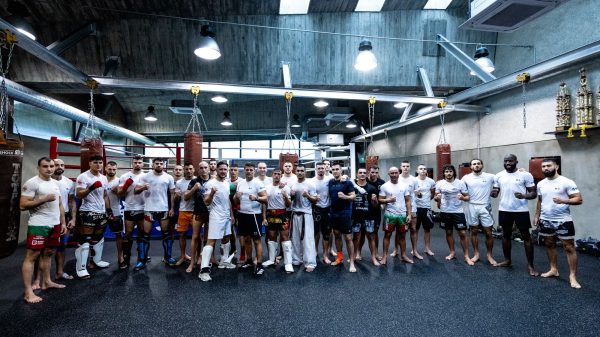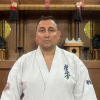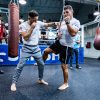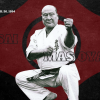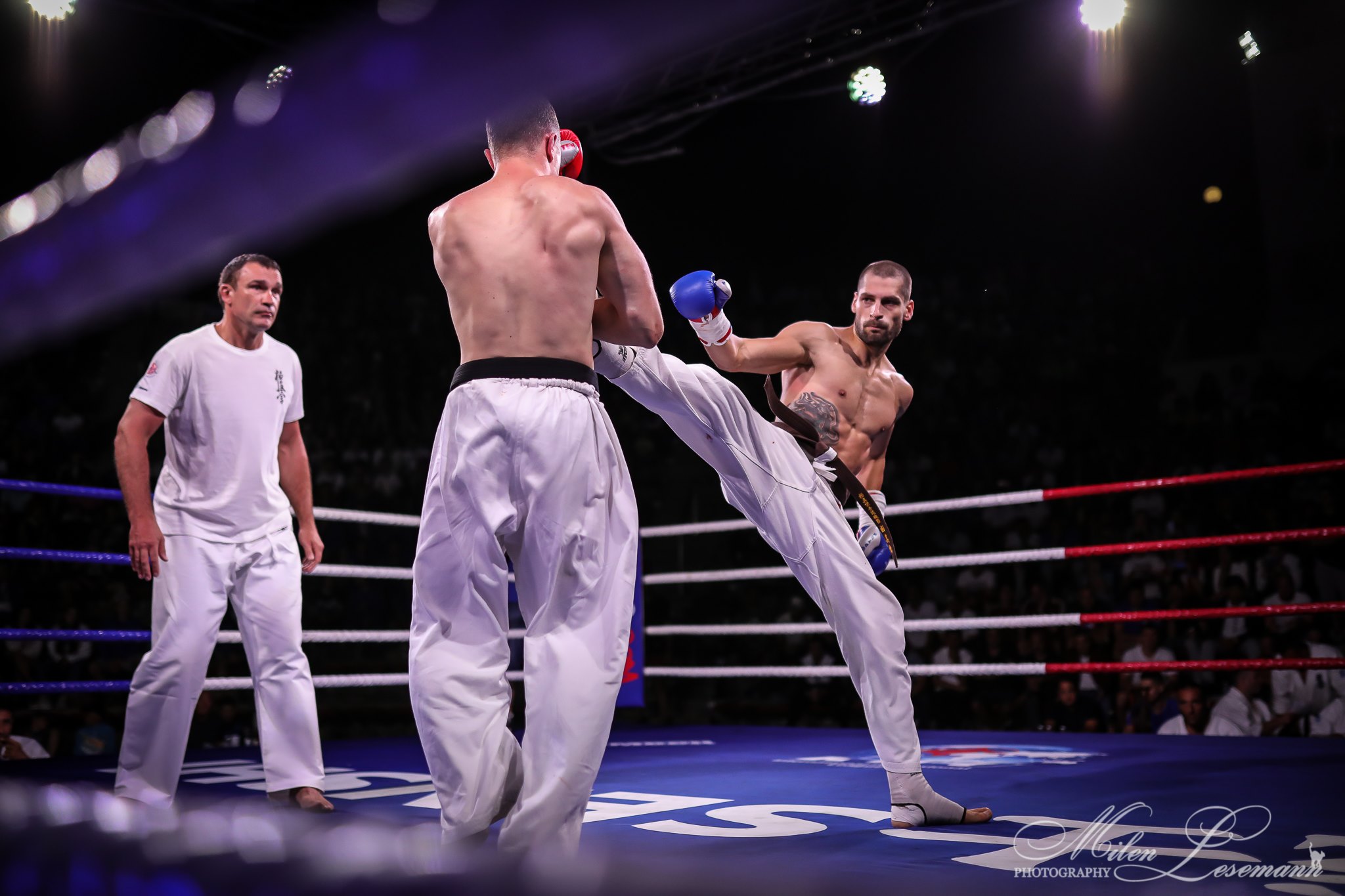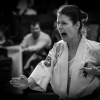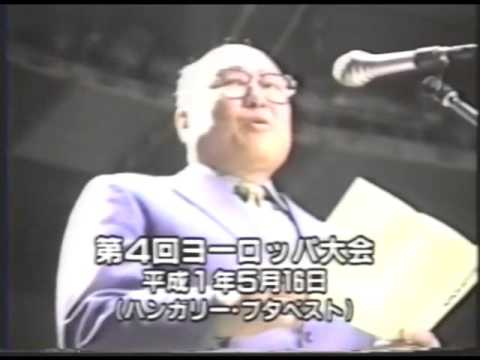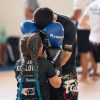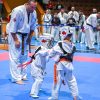By: Lori O’Connell Filed in: Teaching & Leadership
I’ve trained at a lot of different types of martial arts schools and I have therefore seen wide variety of ways that instructors relate to and connect with their students, varying from uber-traditional to laid back, with many variations in between. There is no one “right” type, with benefits and drawbacks to whatever type one undertakes as an instructor. Each type attracts different types people. In this blog post, I’ll describe 3 different variations that I’ve seen.
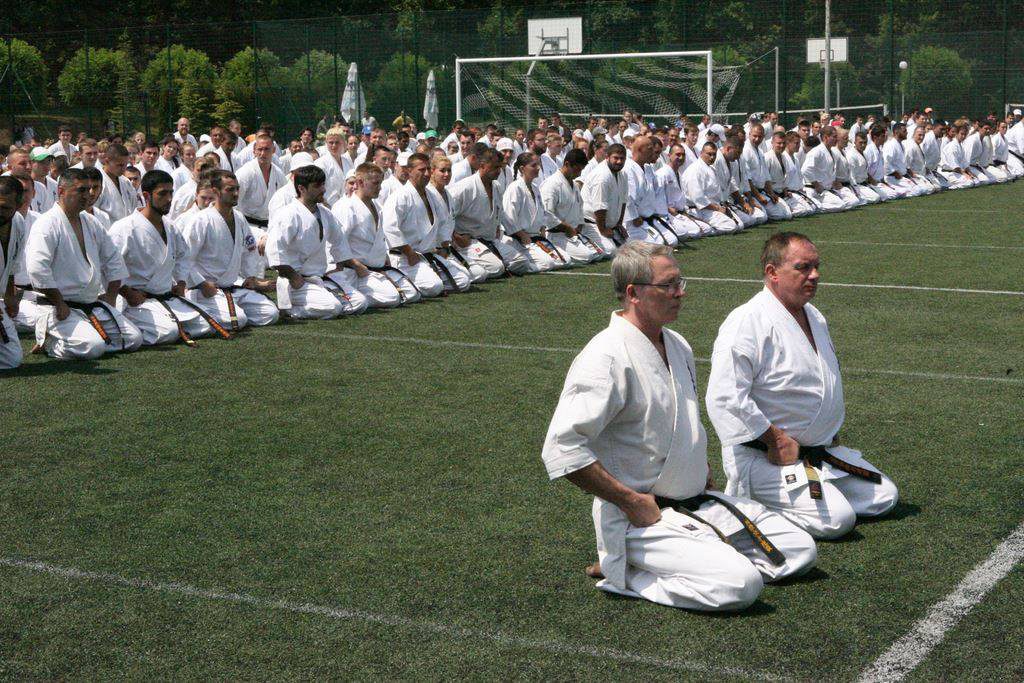
1. EXALTED GURU
This type of relationship is the most formal of the three, and is prominent in martial arts styles with more traditional roots. A student under his/her instruction submits completely to the teachings, placing absolute trust that their Sensei will impart everything they need to know as the information becomes necessary. In Japanese dojos with this type of Sensei-student dynamic, students always call their instructor ‘Sensei’ and often use formal language that indicates submission to the teachings. An example of this is the use of the word ‘OSU.’ The first character OSU literally means push or control. The second character SHINOBU has the literal meaning of bear, endure, suffer. The expression was created in the Japanese Naval School and is universally used for everyday expressions such as please, thank you, I understand, sorry, greeting someone, etc, as well as in the martial arts realm nearly any time a response is required. In an ‘Exalted Guru’ type relationship, the use of these terms often extends outside the dojo when students interact with their Sensei in social situations.
Benefits:
• More orderly classes.
• Greater control over student development.
• Higher level of student discipline.
• Greater sense of cultural connection.
Drawbacks:
• Formality and etiquette can sometimes scare students who are new to the martial arts away.
• Some students idolize their Sensei so much that they don’t believe they’ll every achieve their level of ability.
• A lack of encouragement for 2-way communication can result in students quietly questioning aspects of their training, and instructors aren’t as likely to get useful feedback that could help them improve their dojo.
2. AFFABLE MENTOR
This type of relationship combines aspects of the more traditional guru and the more modern trainer. Aspects of formality are used in varying degrees depending on the dojo, but overall, classes are run in a less regimented fashion. Students are more actively encouraged to ask questions and provide feedback.
Benefits:
• More approachable atmosphere for new students while still maintaining a sense of cultural connection.
• Students more likely to identify with the instructor and feel as though their level of ability is attainable over time.
• Instructors and students tend to feel more comfortable with each other socially.
• Encouragement of 2-way communication allows instructors to address issues their students may be having and help get valuable feedback for improving their dojo.
Drawbacks:
• Class control and student discipline can be maintained, but may require more active effort from the Sensei and other higher level students of the dojo, depending on the level of formality.
3. PROFESSIONAL TRAINER
This type of relationship is the most casual of the three, and is more like what people expect of modern fitness trainers. It is the least formal, using little to no formal terms. Instructors are usually addressed by their first names. Their main goal is to help you develop you physically, teaching you skills and getting you in shape.
Benefits:
• Most familiar type of relationship for new students, making the atmosphere the most approachable of the three.
• Students are more likely to identify with the instructor and feel as though their level of ability is attainable over time.
• Encouragement of 2-way communication allows instructors to address issues their students may be having and help get valuable feedback for improving their dojo.
• Usually is the easiest relationship for social interaction outside the dojo.
Drawbacks:
• Class control and student discipline can be maintained, but usually requires more active effort from the instructor and other higher level students of the dojo.
• The more casual nature of the relationship may engender less long-term student loyalty.
• Less sense of culture connection.
Myself, I tend toward the ‘Affable Mentor’ type relationship, perhaps a little more on the casual side of the category, but really none of these types are better than any other. The drawbacks that exist in each can all be managed if the instructor is willing to make the effort. Ultimately, the best type of Sensei-student relationship is the one that the instructor is most comfortable maintaining. They’ll then attract students that find that type appealing.
What Sensei-student relationship is used at your dojo? Do you find it has specific benefits and drawbacks? Please feel free to share in the comments.


